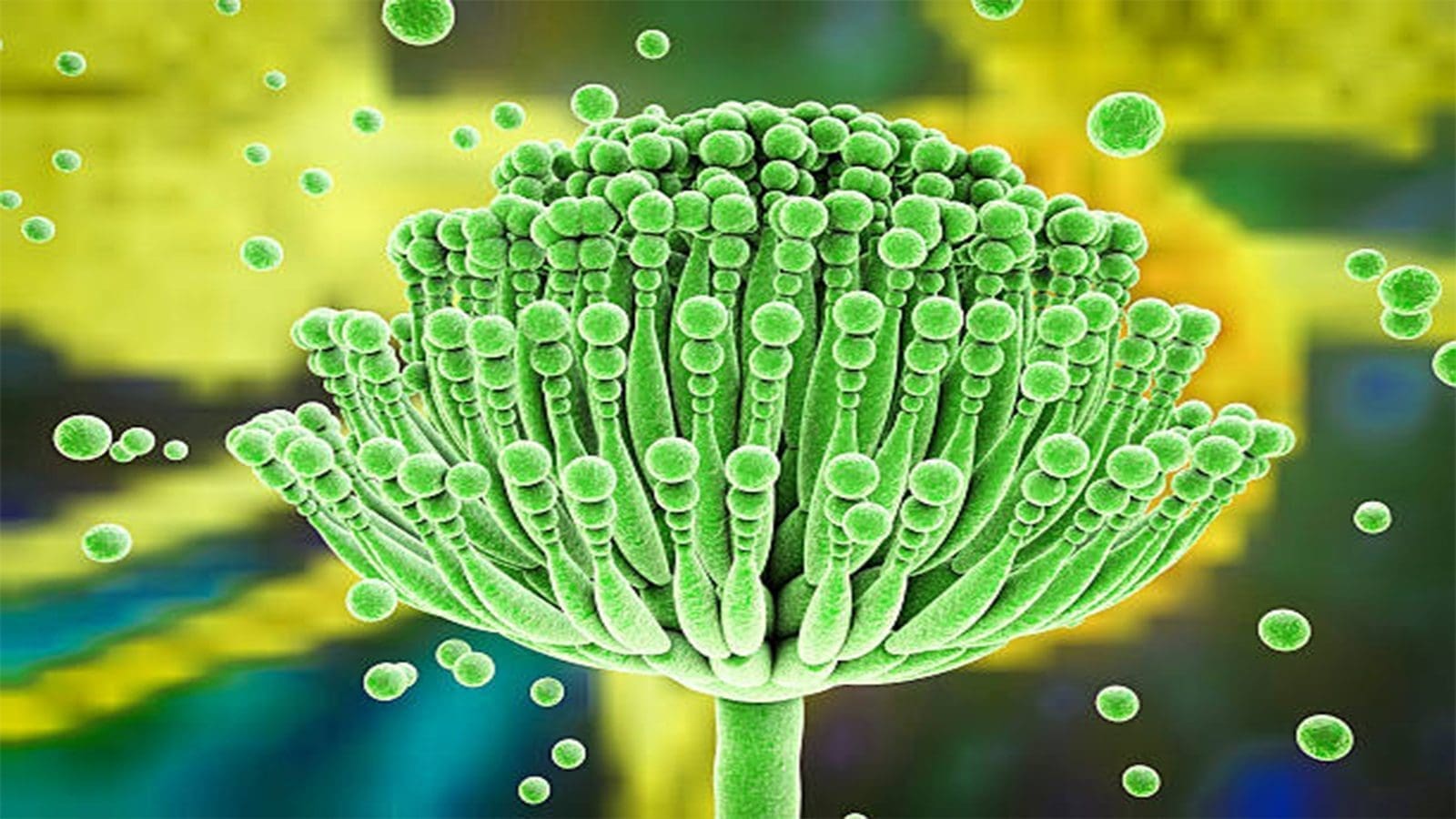U.S – The U.S. Department of Agriculture’s Agricultural Research Service (USDA’s ARS) researchers are utilizing a bioplastic coating to naturally protect seeds from Aspergillus, a type of fungus that generates aflatoxin.
Due to the carcinogenic and other negative consequences of the chemical, exposure to aflatoxins raises concerns about food safety.
“Aflatoxin is a major problem. In 1999 and 2000, a lot of farmers lost their yield completely due to the aflatoxin epidemic, and traditionally in the South about every 10 years, we get an epidemic,” said Plant Pathologist Dr. Hamed Abbas, of ARS’s Biological Control of Pests Research Unit in Stoneville, MS.
Aflatoxin production is mainly detrimental to Southern agriculture in the U.S. as Aspergillus growth is encouraged by the hot, dry climate.
However, recent research indicates that the Midwestern Corn Belt may experience growing impacts from climate change in the near future.
Aflatoxin contamination can affect a variety of significant crops, including corn, seeds, nuts, feed, and grain that has been stored.
Using a combination of biodegradable, corn starch-based bioplastic and biochar, the innovative technique for reducing aflatoxin contamination of crops includes coating seeds with a protective, harmless strain of Aspergillus.
Abbas and his team converted their fungal Aspergillus bioplastic, which has been used for years to fight aflatoxins on crops, into a slurry.
The slurry is a coating made from corn starch and other biodegradable raw materials, which helps the fungus stick to the seeds.
The team then used the slurry to coat the seeds of corn, peanut, and other crops susceptible to aflatoxins prior to planting them in the ground.
The coating acted like a physical barrier against the bad fungi, preventing them from penetrating the plant in the first place.
“The coating enables the bioplastic particles to dry to form a hard, durable coating on seeds that can incorporate agrochemicals and biocontrol microorganisms in a form that resists dust-off of incorporated agents and it’s completely biodegradable and environmentally friendly,” Abbas said.
Aflatoxin-producing Aspergillus is prevented from infecting the seed by the competitive Aspergillus strain present in the coating.
Using a combination of biodegradable, corn starch-based bioplastic and biochar, the innovative technique for reducing aflatoxin contamination of crops includes coating seeds with a protective, harmless strain of Aspergillus.
Additional ingredients in the mixture work together to create a physical barrier that inhibits contamination.
“The seed is underground, so you need to protect the seed from the bad fungi by adding the good fungi because the mechanism is competition. Whichever fungi arrive first can control the plant, so if you treat the seed with the good fungi, then you prevent the bad fungi from controlling it,” said Abbas.
Although the environmentally friendly approach has shown to be successful, the existing delivery systems can be wasteful and the Aspergillus coating must be applied to seeds before it is known whether aflatoxins would be an issue during a particular season.
However, the approach seems promising for reducing aflatoxin contamination of crops and is
Nevertheless, the technique seems promising for reducing aflatoxin contamination of crops and is currently being assessed for commercialization by a significant agricultural corporation.
For all the latest food safety news from Africa and the World, subscribe to our NEWSLETTER, follow us on Twitter and LinkedIn, like us on Facebook and subscribe to our YouTube channel.








